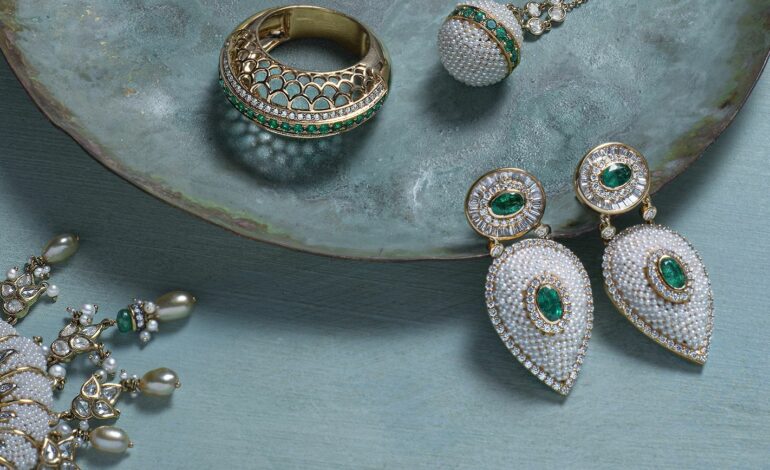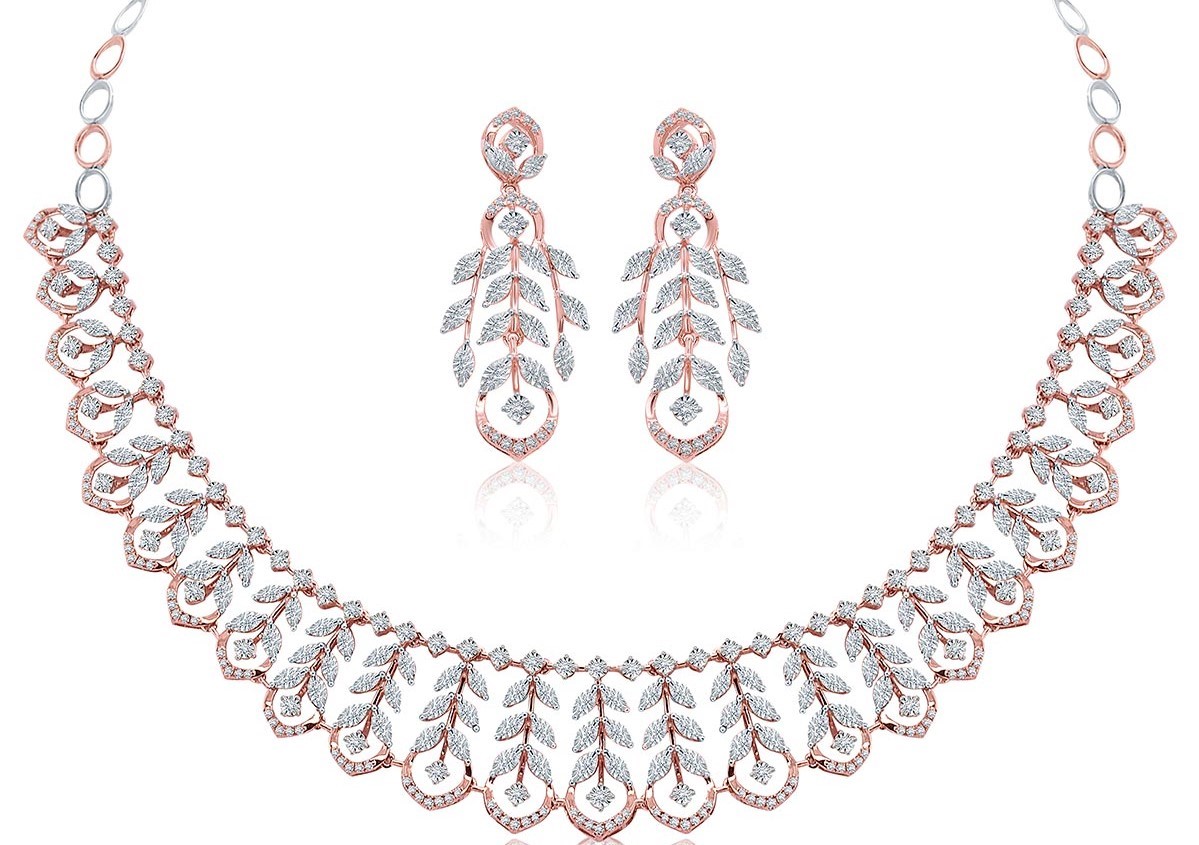
The Most In-Demand Jewelry Design Skills in the Industry
Jewelry design is a fascinating mix of creativity, craftsmanship, and technical skill. Whether you’re just starting out or looking to refine your expertise, knowing which skills are most in demand can help you stand out in the industry. The right abilities can open doors to exciting opportunities, whether you want to create custom pieces, work for a luxury brand, or start your own line. Let’s explore the essential skills that can elevate your jewelry design career.
1. Stone Setting – The Art of Precision
Stone setting, which you can learn at one of the top-rated jewelry design schools worldwide, is one of the most critical skills in jewelry design. A beautifully set gemstone can transform a piece from ordinary to extraordinary, and mastering this technique is a must for any serious jeweler.
There are several types of stone settings, each requiring a unique level of precision:
● Prong setting – The most common type, where small metal prongs hold the stone in place, allowing maximum light exposure for brilliance.
● Bezel setting – A sleek and secure option where a metal rim encircles the stone, offering durability and a modern aesthetic.
● Pavé setting – Tiny stones are set close together with minimal metal visibility, creating a shimmering surface of diamonds or gemstones.
● Channel setting – Stones are nestled between two parallel metal strips, commonly used for wedding bands and eternity rings.
Becoming skilled in multiple setting styles will make you a versatile designer, increasing your ability to create both classic and contemporary jewelry.
2. CAD (Computer-Aided Design) – Bringing Ideas to Life
Modern jewelry design heavily relies on CAD software to create precise digital models before production. Mastering programs like Rhino, MatrixGold, or ZBrush allows designers to experiment with complex shapes, ensure perfect symmetry, and make quick modifications without wasting materials.
Brands and manufacturers expect designers to be proficient in CAD because it streamlines the design-to-production process. It also enables jewelers to present 3D renderings to clients before a piece is made, reducing errors and improving customer satisfaction.
3. Wax Carving and 3D Printing – Traditional Meets Innovation
Even with CAD advancements, traditional wax carving remains an invaluable skill. It allows designers to sculpt prototypes by hand, offering a tactile way to refine intricate details. Many high-end jewelry houses still appreciate the craftsmanship of wax models before transitioning to digital production.
On the modern side, 3D printing has revolutionized jewelry making. Knowing how to prepare CAD files for 3D printing and understanding resin or wax printing processes can set you apart in the industry. The ability to move seamlessly between traditional and digital modeling makes a designer even more valuable.
4. Metalsmithing – Crafting with Precision
At the heart of jewelry design is metalsmithing—the ability to work with metals like gold, silver, and platinum to shape, solder, and refine a piece. Essential techniques include:
● Sawing and filing – Shaping metal pieces accurately before assembling them into jewelry.
● Soldering – Joining metal components with a torch for strong, seamless connections.
● Engraving – Adding decorative patterns or inscriptions by hand or laser for personalized designs.
● Polishing and finishing – Creating high-shine or matte finishes that enhance a piece’s overall aesthetic.
Metalsmithing is an art that requires both patience and skill. The more comfortable you are with different metalworking techniques, the more creative freedom you’ll have when designing unique pieces.
5. Gemology – The Science Behind the Sparkle
Understanding gemstones isn’t just for collectors; it’s essential for designers who want to create stunning, high-quality jewelry. A solid knowledge of gemology helps with selecting the right stones, identifying quality, and determining the best cuts and settings for durability and brilliance.
Key aspects of gemology include:
● Recognizing natural vs. synthetic stones
● Understanding hardness and durability (e.g., why diamonds are ideal for rings)
● Choosing the best cuts to maximize sparkle
● Knowing how certain stones interact with different metals
Many designers take gemology courses to deepen their expertise, and it’s an excellent way to increase credibility in the industry.
6. Hand Sketching – The Foundation of Every Design
Even with CAD tools, traditional hand sketching remains a fundamental skill in jewelry design. The ability to quickly sketch ideas helps communicate concepts to clients, manufacturers, and team members.
Great designers can sketch in multiple views, showing proportions, stone placement, and detailing. While sketches don’t have to be masterpieces, they should be clear enough to guide the creation process.
7. Casting – Turning Designs into Reality
Casting is the process of transforming a wax or digital model into a metal piece. Understanding lost-wax casting techniques, investment materials, and kiln temperatures can help designers work more effectively with casters or even experiment with their own castings.
Some designers choose to specialize in casting, while others simply learn the basics to refine their designs for easier production. Either way, knowing how the process works ensures your designs translate well from concept to final piece.
8. Enameling – Adding Color and Character
Enameling is a centuries-old technique that involves fusing powdered glass onto metal to create vibrant, colorful designs. Many luxury brands incorporate enameling into their collections, and designers who master this craft can create distinctive, artistic jewelry.
Different enameling techniques include:
● Cloisonné – Creating compartments with thin metal wires before filling them with enamel.
● Champlevé – Carving recesses into metal and filling them with enamel.
● Plique-à-jour – A stained-glass effect where enamel is suspended without a backing.
This skill requires precision and patience, but the results can be breathtaking.
9. Market Awareness – Designing for Demand
Beyond technical skills, a successful jewelry designer understands market trends and customer preferences. Following fashion trends, staying updated on popular materials, and researching what customers are looking for can give you an edge.
Some designers develop a signature style, while others adapt to current trends. Either way, knowing what sells can help you create pieces that resonate with your audience.
10. Business and Branding – Turning Passion into Profit
Whether you work for a company or launch your own brand, understanding the business side of jewelry design is essential. Successful designers learn about:
● Pricing strategies – Factoring in materials, labor, and market demand.
● Marketing – Using social media, photography, and storytelling to build a brand.
● Sales channels – Selling online, in boutiques, or at trade shows.
● Customer experience – Providing excellent service, from consultations to packaging.
Many talented designers struggle because they focus solely on the creative side. But those who develop strong business skills can turn their passion into a thriving career.
Elevate Your Jewelry Design Career
Jewelry design is an ever-evolving field, and the best designers never stop learning. Whether you’re honing traditional craftsmanship, mastering digital tools, or staying on top of trends, every skill you develop adds to your expertise. By investing in these in-demand skills, you’ll not only improve your craft but also increase your opportunities in the jewelry industry.





